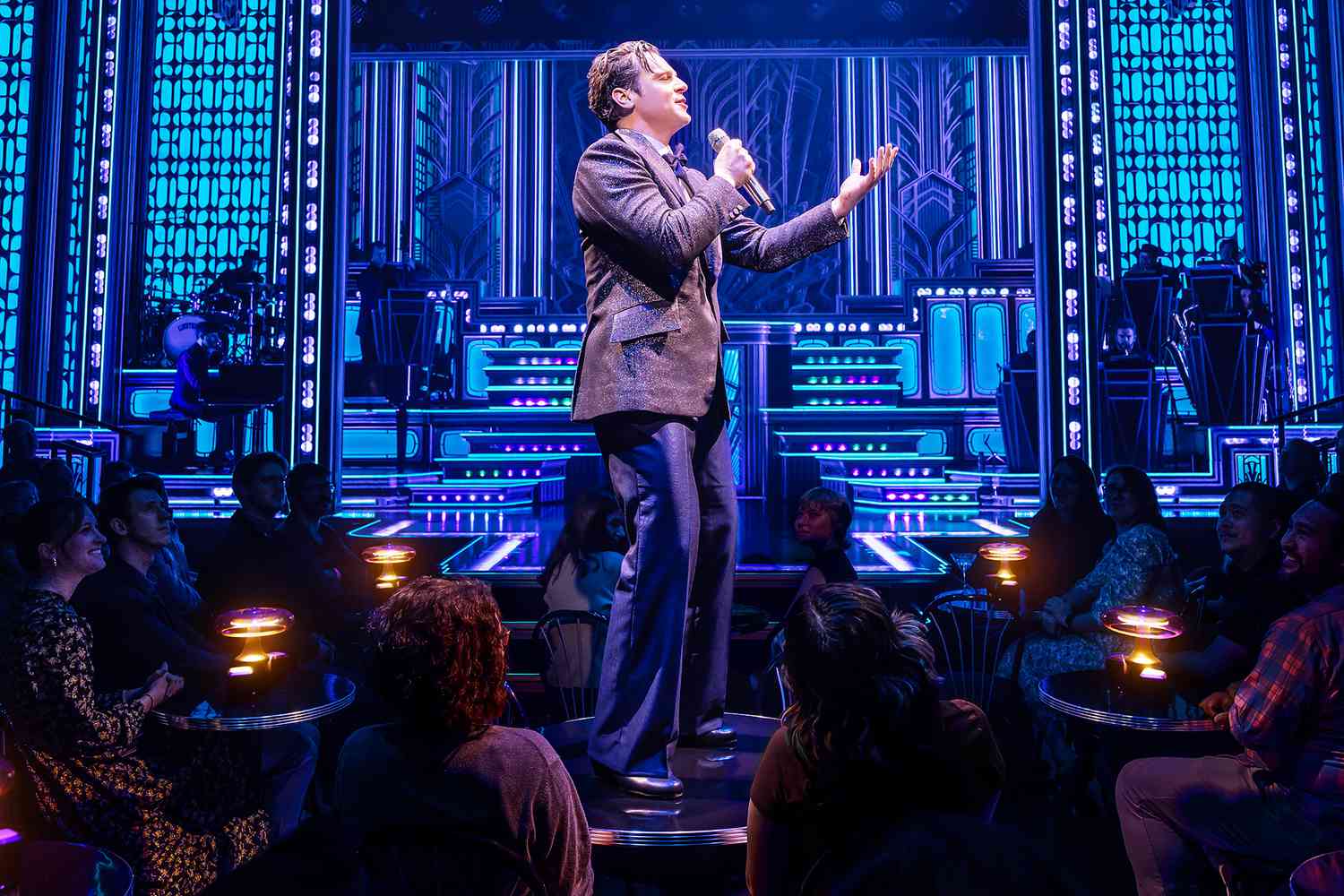Character AI Chatbots And Free Speech: A Legal Grey Area

Table of Contents
The First Amendment and AI-Generated Content
The intersection of artificial intelligence and free speech raises fundamental legal questions. Can AI-generated content, including text, images, and videos, be considered "speech" protected by the First Amendment? This is a crucial question with no easy answer.
Defining "Speech" in the Age of AI
Determining whether AI-generated content qualifies as "speech" under the First Amendment presents significant challenges. Existing legal precedents primarily focus on human expression, leaving AI-generated content in a legal grey area.
- Legal precedents surrounding freedom of expression and new technologies: Courts have historically struggled to adapt free speech laws to new technologies, from the printing press to the internet. Applying these precedents to AI requires careful consideration of the unique characteristics of AI-generated content.
- The question of authorship and intent in AI-generated content: Traditional notions of authorship and intent are blurred with AI. Who is responsible for the content generated by a Character AI chatbot: the user, the developers, or the AI itself? This ambiguity complicates liability assessments.
- The challenges of applying existing legal frameworks to AI: Existing legal frameworks, designed for human expression, may be ill-equipped to address the nuances of AI-generated content. New legal interpretations and potentially new legislation are needed.
Liability for Harmful AI-Generated Content
Another critical issue is determining liability when a Character AI chatbot generates harmful content—offensive, defamatory, or illegal material. This raises questions about the responsibility of various actors.
- Liability of Character AI as the developer: Character AI, as the developer of the chatbot, could face liability for failing to adequately prevent or mitigate the generation of harmful content. This hinges on arguments around negligence and product liability.
- Liability of users who interact with the chatbot: Users who misuse the chatbot to generate harmful content might also bear legal responsibility, depending on their intent and the specific circumstances.
- The role of content moderation and filtering: Effective content moderation and filtering systems are crucial for mitigating risks. However, these systems are not foolproof and can raise concerns about censorship and bias.
Character AI's Terms of Service and Content Moderation
Character AI, like other AI platforms, has terms of service that attempt to govern user behavior and content generation. However, enforcing these terms and moderating content at scale presents significant challenges.
Balancing Free Expression with Platform Responsibility
Character AI's approach to content moderation directly impacts free speech. The platform must balance its responsibility to prevent the spread of harmful content with the users' right to free expression.
- Analysis of Character AI's terms of service regarding user-generated content and acceptable use: A careful examination of Character AI's terms of service reveals their approach to content regulation and the limitations imposed on user interactions.
- Examination of Character AI’s methods for detecting and removing harmful content: Understanding the mechanisms employed by Character AI to identify and remove problematic content offers insight into the platform’s commitment to safety.
- Discussion of the potential for bias in AI moderation systems: AI-powered moderation systems are susceptible to bias, potentially leading to the disproportionate removal of certain types of content or viewpoints.
The Challenges of Content Moderation at Scale
Moderating the vast amount of AI-generated content is a formidable task. Automated systems have limitations, and human oversight is crucial but resource-intensive.
- The limitations of automated content moderation systems: AI-based systems can struggle with nuanced contexts and may misinterpret or misclassify content.
- The need for human oversight and intervention: Human review is necessary to address complex cases and ensure fairness. However, scaling human moderation to manage the volume of AI-generated content is costly and challenging.
- The ethical considerations of censorship and content removal: The decision to censor or remove content inevitably involves ethical considerations. Defining what constitutes "harmful" content can be subjective and potentially lead to censorship of legitimate expression.
The Future of Regulation and Character AI
The legal landscape surrounding AI is still developing. Emerging legal frameworks will play a crucial role in shaping the future of Character AI and similar technologies.
Emerging Legal Frameworks for AI
Governments worldwide are grappling with the need for AI regulation. These regulations could impact content moderation, liability, and the overall development of AI.
- Discussion of potential legislation at national and international levels: Several countries are actively considering or implementing legislation to regulate AI, focusing on issues like transparency, accountability, and ethical considerations.
- The impact of self-regulation by AI developers: Industry self-regulation, while potentially efficient, may lack the teeth of government regulations and may not adequately protect users.
- The role of industry standards and best practices: The establishment of industry standards and best practices can promote responsible AI development and help mitigate risks.
The Importance of Responsible AI Development
Character AI developers have an ethical responsibility to mitigate the risks associated with their technology. This includes promoting transparency and fostering responsible AI development practices.
- The need for transparency in AI algorithms and data sets: Transparency in algorithms and data sets allows for scrutiny and helps to identify and address biases.
- The importance of user education and awareness: Educating users about responsible AI use and the potential risks is crucial for promoting safe and ethical interactions.
- The development of ethical guidelines for AI developers: Clear ethical guidelines for AI developers can promote responsible innovation and help prevent the creation of harmful AI systems.
Conclusion
The intersection of Character AI chatbots and free speech presents a significant legal and ethical challenge. Determining liability for AI-generated content, balancing free expression with platform responsibility, and developing appropriate regulations will require careful consideration and collaboration between policymakers, AI developers, and users. The future of Character AI and similar technologies will depend heavily on the development of responsible AI practices and a clear understanding of the legal implications. We need a proactive and nuanced approach to ensure that the benefits of Character AI are realized without sacrificing the fundamental principles of free speech. Learn more about the ongoing debate surrounding Character AI and free speech by exploring further resources on AI regulation and responsible AI development.

Featured Posts
-
 The Man Utd Rival Antony Almost Joined His Story
May 23, 2025
The Man Utd Rival Antony Almost Joined His Story
May 23, 2025 -
 New Disney Documentary Freddie Flintoff Opens Up About His Crash
May 23, 2025
New Disney Documentary Freddie Flintoff Opens Up About His Crash
May 23, 2025 -
 University Of Maryland Graduation Kermit The Frogs Inspiring Speech
May 23, 2025
University Of Maryland Graduation Kermit The Frogs Inspiring Speech
May 23, 2025 -
 Fewer Send Case Referrals To Council From Mps
May 23, 2025
Fewer Send Case Referrals To Council From Mps
May 23, 2025 -
 Dahilik Geni Hangi Burclarda Daha Fazla Goeruelueyor
May 23, 2025
Dahilik Geni Hangi Burclarda Daha Fazla Goeruelueyor
May 23, 2025
Latest Posts
-
 Jonathan Groffs Just In Time Bobby Darin Performance And Primal Instincts
May 23, 2025
Jonathan Groffs Just In Time Bobby Darin Performance And Primal Instincts
May 23, 2025 -
 Jonathan Groffs Just In Time Photos From The Star Studded Opening Night
May 23, 2025
Jonathan Groffs Just In Time Photos From The Star Studded Opening Night
May 23, 2025 -
 Etoile A Spring Awakening Reunion For Gideon Glick And Jonathan Groff
May 23, 2025
Etoile A Spring Awakening Reunion For Gideon Glick And Jonathan Groff
May 23, 2025 -
 Gideon Glick And Jonathan Groffs Etoile Reunion A Hilarious Spring Awakening Callback
May 23, 2025
Gideon Glick And Jonathan Groffs Etoile Reunion A Hilarious Spring Awakening Callback
May 23, 2025 -
 Jonathan Groffs Show Name Photos From The Opening Night Celebration
May 23, 2025
Jonathan Groffs Show Name Photos From The Opening Night Celebration
May 23, 2025
